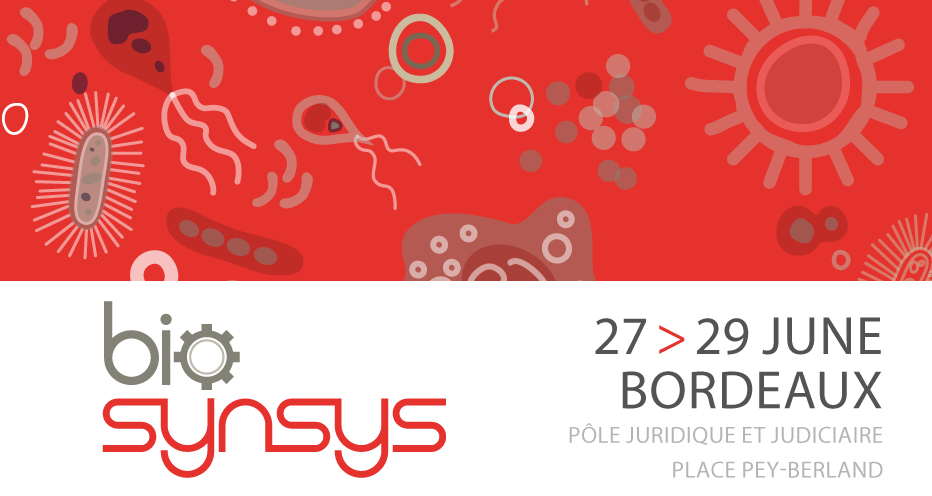Our main interest is to develop bacterial cells able to meet specific needs using synthetic biological approaches. Genome engineering is a rapidly growing field of microbial research but still remains limiting when developing Bacillus subtilis-based cell factories. B. subtilis is a Gram-positive model bacterium, generally recognized as safe (GRAS), and therefore an organism of choice for the industrial production of proteins of interest (amylases, alkaline proteases) and of metabolites (vitamins). The genome of B. subtilis has been completed by an international consortium, and several global studies on gene essentiality, metabolism regulation, systems and synthetic biology have next been addressed using this organism as a model. We successfully designed and developed B. subtilis chassis strains lacking functions such as sporulation, antibiotic resistance, mobile DNA elements, prophages, isozymes while retaining deletion making functions. This latter work represents a proof-of-concept for strain development for biotechnologies. To develop adapted chassis strains it is critical to be able to modify the genome "à la carte". We are currently developing a set of genome engineering methodologies including CRISPR-Cas9 system for B. subtilis. CRISPR system will be setup for genome editing, and repression of gene expression. CRISPR for activation of gene expression will certainly require more optimization since we expect the need to identify and test new transcriptional factors to be fused with Cas9.

|
|
|
Abstracts > By Author > Planson Anne-GaëlleGenome engineering in Bacillus subtilis
1 : MICrobiologie de l'ALImentation au Service de la Santé humaine
(MICALIS)
-
Website
AgroParisTech, Institut national de la recherche agronomique (INRA) : UMR1319
78352 JOUY-EN-JOSAS -
France
2 : MICrobiologie de l'ALImentation au Service de la Santé humaine
(MICALIS)
* : Corresponding author
AgroParisTech, Institut national de la recherche agronomique (INRA) : UMR1319
78352 JOUY-EN-JOSAS -
France
|
 PDF version
PDF version
